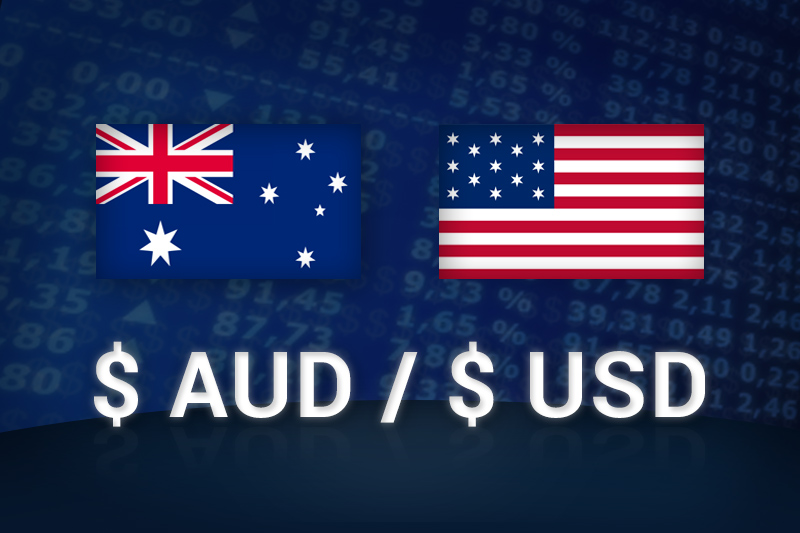Investing.com - The Australian dollar climbed against its U.S. rival during Tuesday’s U.S. session after having to contend with some slack Chinese economic data on Monday.
In Asian trading Tuesday, AUD/USD rose 0.28% to 1.0342. The pair was likely to find support at 1.0386, the low of April 4 and resistance at 1.0524.
On Monday in Asia, data out of Beijing revealed that the Chinese gross domestic product expanded by 7.7% year-on-year in the three months to March, down from 7.9% in the fourth quarter and well below expectations for 8.0% growth.
A separate report showed China’s industrial production grew 8.9% on-year in March, below market calls for 10.0% growth and also below a 9.9% reading in February. Chinese retail sales, on the other hand, grew 12.6%, beating market consensus for a 12.5% reading as well as February's 12.3% rate.
China is Australia’s trading partner. In Australia, official data showed that home loans rose 2% in February, beating expectations for a 1.6% increase, after a 0.3% slip the previous month.
The Aussie climbed even after an explosion at the Boston Marathon killed three and injured an estimated 30 on Monday. U.S. media outlets reported that authorities in the Boston area have a suspect, a Saudi national, in custody.
Speculation that the blast could have been a terrorist act would usually weigh on riskier assets, but the Aussie proved immune today. That may be a sign that the Aussie is serving as something of a safe-haven destination due to Australia’s AAA credit rating and 3% interest rates, which is high relative to the rest of the developed world.
Elsewhere, AUD/JPY climbed 0.48% to 100.26 while EUR/AUD fell 0.11% to 1.2631. AUD/NZD fell 0.31% to 1.2230.
In Asian trading Tuesday, AUD/USD rose 0.28% to 1.0342. The pair was likely to find support at 1.0386, the low of April 4 and resistance at 1.0524.
On Monday in Asia, data out of Beijing revealed that the Chinese gross domestic product expanded by 7.7% year-on-year in the three months to March, down from 7.9% in the fourth quarter and well below expectations for 8.0% growth.
A separate report showed China’s industrial production grew 8.9% on-year in March, below market calls for 10.0% growth and also below a 9.9% reading in February. Chinese retail sales, on the other hand, grew 12.6%, beating market consensus for a 12.5% reading as well as February's 12.3% rate.
China is Australia’s trading partner. In Australia, official data showed that home loans rose 2% in February, beating expectations for a 1.6% increase, after a 0.3% slip the previous month.
The Aussie climbed even after an explosion at the Boston Marathon killed three and injured an estimated 30 on Monday. U.S. media outlets reported that authorities in the Boston area have a suspect, a Saudi national, in custody.
Speculation that the blast could have been a terrorist act would usually weigh on riskier assets, but the Aussie proved immune today. That may be a sign that the Aussie is serving as something of a safe-haven destination due to Australia’s AAA credit rating and 3% interest rates, which is high relative to the rest of the developed world.
Elsewhere, AUD/JPY climbed 0.48% to 100.26 while EUR/AUD fell 0.11% to 1.2631. AUD/NZD fell 0.31% to 1.2230.
